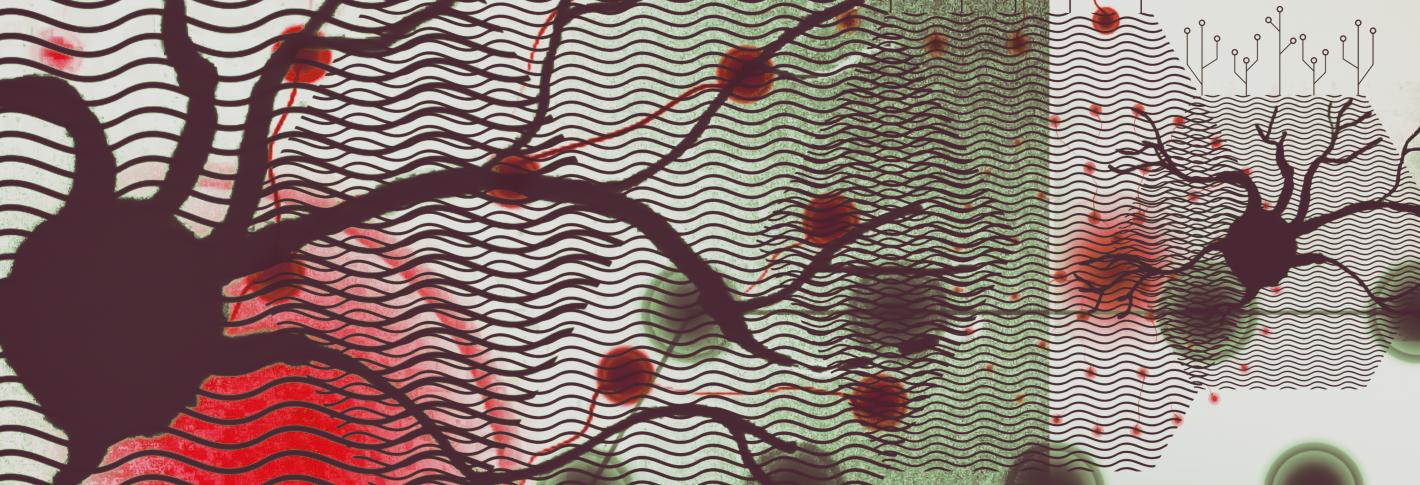The Top 25 Picower faculty authored papers most often cited by publications having to do with artificial intelligence
According to data from the Web of Science furnished by the MIT Libraries, through February 2020 more than 1,680 papers tagged as relevant to AI research have cited more than 200 papers authored by current Picower Institute faculty members – particularly those whose studies involve systems-level neuroscience like Matthew Wilson, Susumu Tonegawa, Earl Miller, Emery N. Brown, Mriganka Sur, and Mark Bear. The numbers don’t shed any light on how much Picower faculty have influenced AI compared to others, but they do demonstrate that their work has mattered to the field.
- Autonomous Mental Development by Robots and Animals
- An integrative theory of prefrontal cortex function
- An Emergent Model of Orientation Selectivity in Cat Visual Cortical Simple Cells
- A Point Process Framework for Relating Neural Spiking Activity to Spiking History, Neural Ensemble, and Extrinsic Covariate Effects
- Multiple neural spike train data analysis: State-of-the-art and future challenges
- A Statistical Paradigm for Neural Spike Train Decoding Applied to Position Prediction From Ensemble Firing Patterns of Rat Hippocampal Place Cells
- The time-rescaling theorem and its application to neural spike train data analysis
- Role of experience and oscillations in transforming a rate code into a temporal code
- Top-Down Versus Bottom-Up Control of Attention in the Prefrontal and Posterior Parietal Cortices
- Temporally structured replay of awake hippocampal ensemble activity during rapid eye movement sleep
- Neural mechanisms of visual working memory in the prefrontal cortex of the macaque
- Statistical issues in the analysis of neuronal data
- Reverse replay of behavioral sequences in hippocampal place cells during the awake state
- Estimating a State-Space Model from Point Process Observations
- Trajectory Encoding in the Hippocampus and Entorhinal Cortex
- Experience-dependent asymmetric shape of hippocampal receptive fields
- Analyzing Functional Connectivity Using a Network Likelihood Model of Ensemble Neural Spiking Activity
- Responses of neurons in inferior temporal cortex during memory-guided visual search
- The prefrontal cortex and cognitive control
- Induction of visual orientation modules in auditory cortex
- Integration of What and Where in the Primate Prefrontal Cortex
- Reactivation of hippocampal ensemble memories during sleep
- Probabilistic common spatial patterns for multichannel EEG analysis
- Different time courses of learning-related activity in the prefrontal cortex and striatum
- LTP and LTD: An embarrassment of riches


